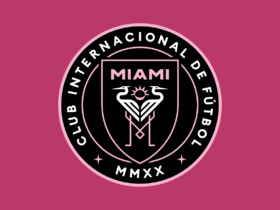Peter Drucker, the guru of modern management, shared his basic concept of management by stating “the purpose of a business is to create a customer and the job of the leader is to grow the value of the customer.”
This simple pronouncement that you are in the customer business offering them a value proposition that is engaging and emotionally valuable is the foundation of the most successful businesses. However, as you know some businesses are more successful than others.
What is the differentiator?
Let’s look at the three basic elements of any business.
What does your business do? How do you do it? And, why do you do it?
Using Apple as an example, they make good computers and other equally good devices. Want to buy one? So do all of their competitors that make computers and other electronic devices. However, when you consider “how they do it” – the obvious answer is their products are beautifully designed, simple to use and very functional. Apple products have been described by many as the “epitome of cool.” But, their success with their many loyal customers over the years has been the Why they do it.
Apple’s initial and endearing explanation of why they do it – is because Apple believes in innovation. This has, and continues to resonate with their loyal customers and has established the enviable brand equity the brand has in the marketplace.
All companies explain what they do. Some explain how they do it, but few explain why they do what they do. Herein is the real secret to success because people/customers are typically more interested in why you do it than what you do.
This is also a fundamental principle of leadership. What is about the numbers, whereas why is about the passion.
Another great non business related example of the value of the why is Martin Luther King. His key concept of “I Believe” was more important than he was. In mid August of 1963 on a very hot day about 250,000 people showed up in Washington D.C. to listen to his now famous passionate proclamation of “I have a dream.” He did not say he had a plan, but rather a “dream.”
Another example is WalMart Inc. They proclaim “Save money. Live better.” You can’t get a simpler example of the why than that. What they do is offer the same food and other merchandise that their competitors do, but with a more passionate explanation of why they do it that obviously, based on their sales, resonates with more customers more effectively than their competitors.
Think about it. What is your what, how and why?










